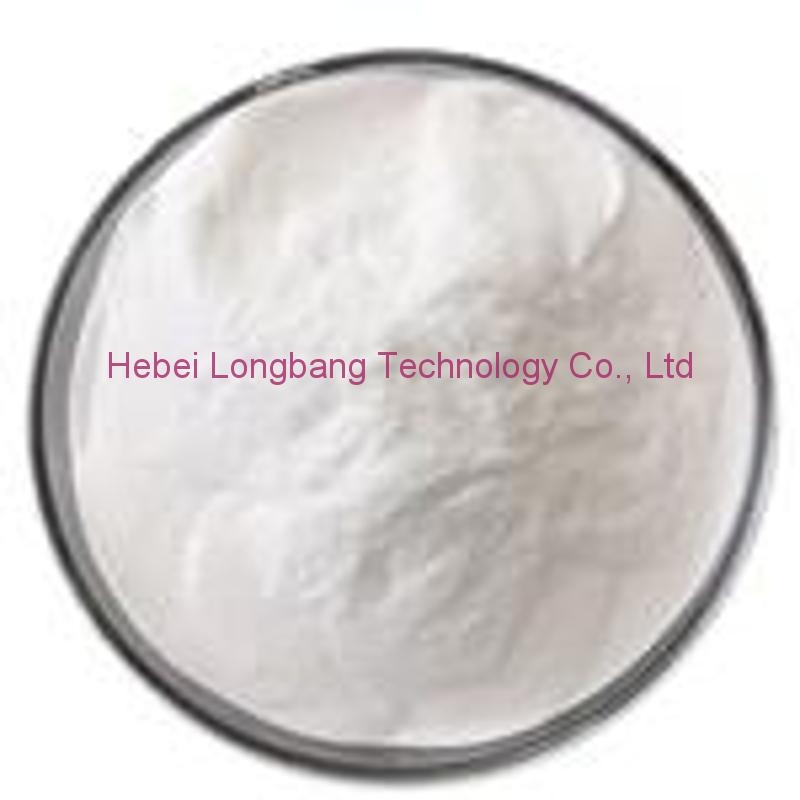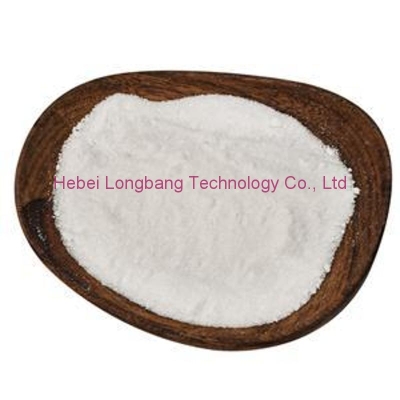-
Categories
-
Pharmaceutical Intermediates
-
Active Pharmaceutical Ingredients
-
Food Additives
- Industrial Coatings
- Agrochemicals
- Dyes and Pigments
- Surfactant
- Flavors and Fragrances
- Chemical Reagents
- Catalyst and Auxiliary
- Natural Products
- Inorganic Chemistry
-
Organic Chemistry
-
Biochemical Engineering
- Analytical Chemistry
-
Cosmetic Ingredient
- Water Treatment Chemical
-
Pharmaceutical Intermediates
Promotion
ECHEMI Mall
Wholesale
Weekly Price
Exhibition
News
-
Trade Service
Zirconium sulfate, also known as zirconium oxysulfate, is a chemical compound that is commonly used in various industrial processes, as well as in the production of various consumer goods.
The production process of zirconium sulfate involves several steps, including the preparation of the raw materials, the actual synthesis of the compound, and the purification and packaging of the final product.
The preparation of the raw materials is the first step in the production process of zirconium sulfate.
The starting materials used to synthesize zirconium sulfate are typically zirconium oxide and sulfuric acid.
The zirconium oxide is typically obtained through the precipitation of zirconium hydroxide from a solution of zirconium nitrate, which is then calcined to produce the oxide.
The sulfuric acid is typically obtained through the oxidation of sulfur dioxide, which is then condensed and dissolved in water to produce the acid.
Once the raw materials have been prepared, the synthesis of zirconium sulfate can begin.
This is typically done by mixing the zirconium oxide and sulfuric acid in a suitable reactor, such as a stirred tank or a continuous flow reactor.
The reaction between the zirconium oxide and sulfuric acid produces zirconium sulfate, as well as water and a small amount of zirconium hydroxide.
The reaction is typically exothermic, meaning that it releases heat, and it is usually carried out at a controlled temperature to ensure that the reaction proceeds in a safe and controlled manner.
After the synthesis of zirconium sulfate has been completed, the product is typically purified to remove any impurities that may have been present in the reaction mixture.
This is typically done by filtering the reaction mixture through a bed of activated carbon, which absorbs the impurities and removes them from the solution.
The purified solution is then typically filtered through a bed of anion resin, which removes any remaining impurities and produces a high-purity solution of zirconium sulfate.
Finally, the purified zirconium sulfate is typically packaged in suitable containers, such as drums or bottles, and labeled with the appropriate product information, such as the concentration and the expiration date.
The product is then ready for use in various industrial processes or for further processing into consumer goods.
In conclusion, the production process of zirconium sulfate involves several steps, including the preparation of the raw materials, the synthesis of the compound, and the purification and packaging of the final product.
The process requires careful control and monitoring to ensure that the product meets the appropriate quality standards and is safe for use in various industrial and consumer applications.






